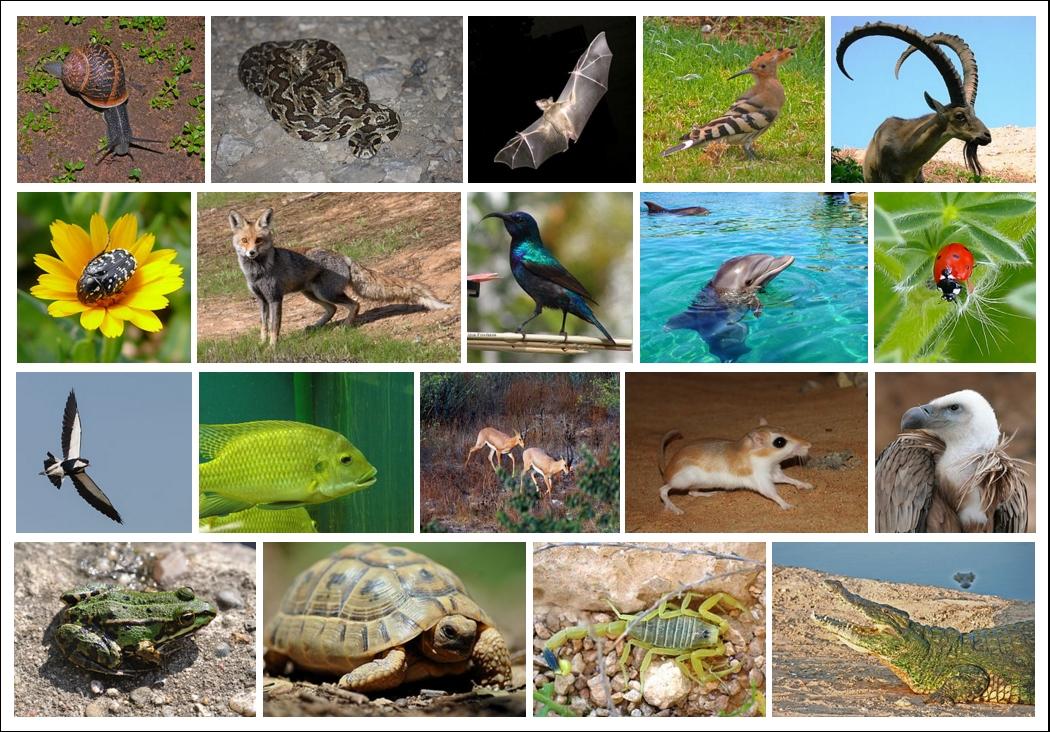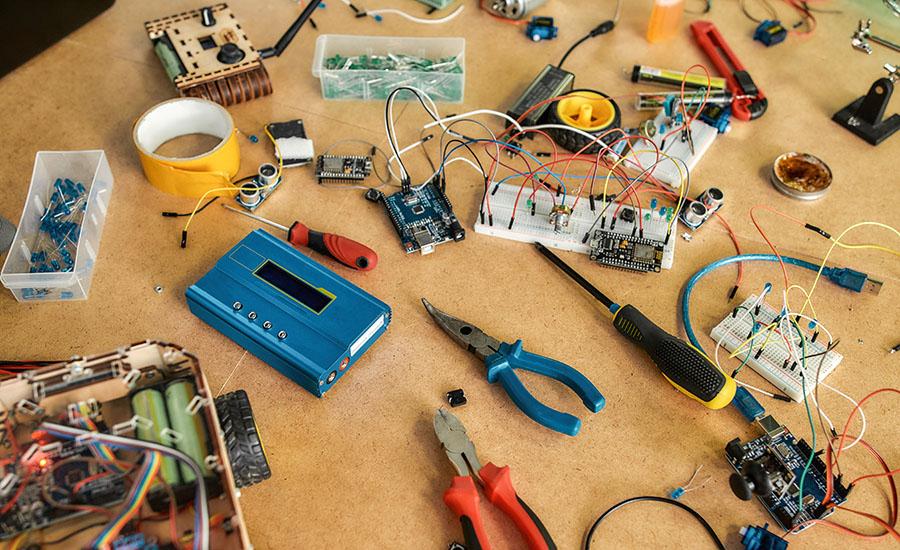
Water Rockets: Balanced and Unbalanced Forces Part 3
by Pamela Moss
This is the 3rd part of the lesson series where students will determine the thrust and stability of their water bottle rockets to answer their essential question: Using the Design Process how can we prove the effects that balanced and unbalanced forces have on a rocket in motion?
Lesson Plan Link/URL
https://docs.google.com/presentation/d/11fD81ydzgzZ2XCY6KV3ZCFuU1O-q6Bzt/edit?u…Subject Area
Science Physical Science P3: Net Force Technology 2. Digital Citizen 6. Creative Communicator Engineering S1: Engineering & Global Society S2: Apply the Engineering Design Process Mathematics Measurement and Data (MD) English Language Arts (ELA) Reading (Informational Text) Writing
Featured
Off
Related Content

Grades:
6th Grade
To demonstrate their understanding of how energy is passed throughout an ecosystem and the symbiotic relationships of organisms within an ecosystem, students construct a food web marble run. This

Grades:
6th Grade
Over 2 days (60 min or more each day), students create a catapult out of jumbo popsicle sticks, a water bottle cap and rubber bands. The challenge is for students to launch their snowball (cotton ball

Grades:
4th Grade, 5th Grade, 6th Grade, 7th Grade, 8th Grade
Students become engineers and create a modified adaptive device after disassembling and assembling eyewear and creating a new adaptive device in this engaging lesson. This real-world problem-solving